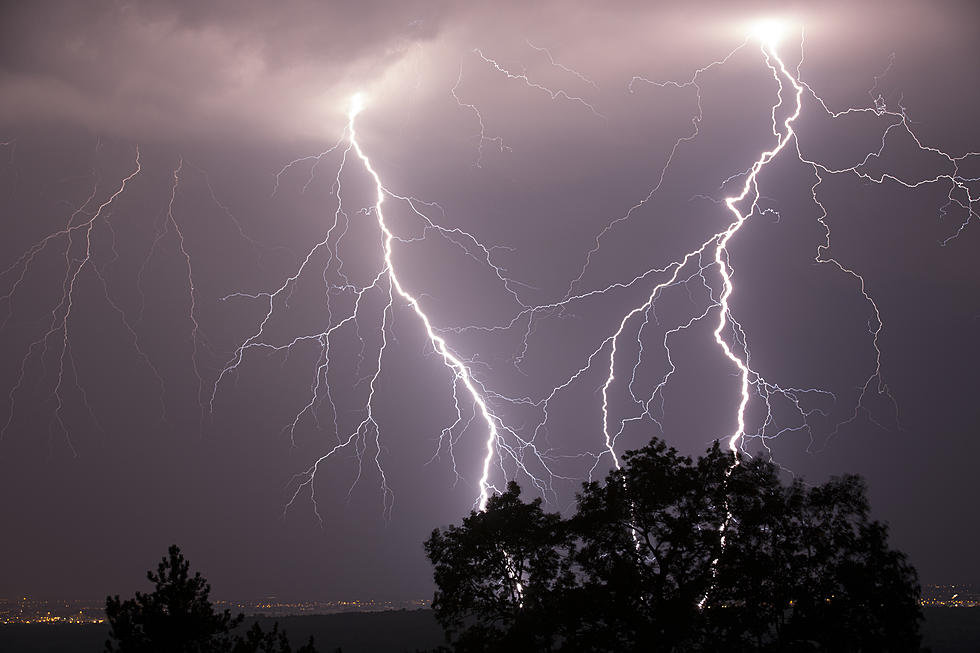
Severe Weather Awareness Week: Extreme Heat
UNDATED (WJON News) -- Minnesota’s Severe Weather Awareness Week wraps up Friday with the final topic of “Extreme Heat.”
Last week, parts of the state saw temps in the upper 70s and 80s, and while there are no more unseasonably warm days in the upcoming forecast, it’s important to remember how to prevent and treat heat-related illnesses before those temps return.
The National Weather Service can issue Excessive Heat Watches and Warnings based on the Heat Index. The index uses the air temperature and relative humidity to calculate the “feels like” temp.
Advisories from the NWS are issued when the Heat Index shows that there is a possibility someone could develop a heat disorder such as Heat Exhaustion or Heat Stroke if they spend an extended period of time outside.
Officials say good ways to prevent or treat heat-related illnesses include staying hydrated, taking breaks, limiting time outside, spending time in air conditioning, and taking cold showers or baths.
Over the course of the week, WJON has covered each day’s Severe Weather Awareness Week topic in detail. You can find this story as well as the others from the rest of the week up on our website: wjon.com.
Severe Weather Awareness Week 2023:
Tuesday - Thunderstorms, Lightning, and Hail
LOOK: The most extreme temperatures in the history of every state
More From AM 1240 WJON









